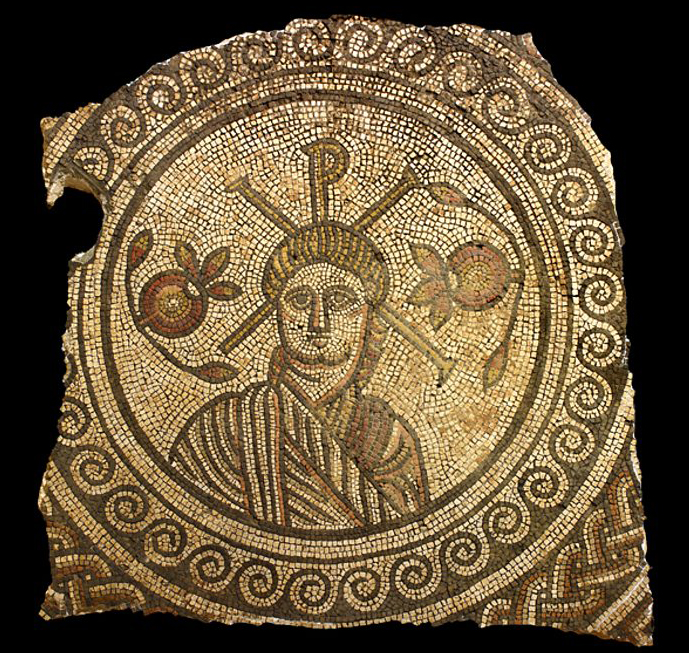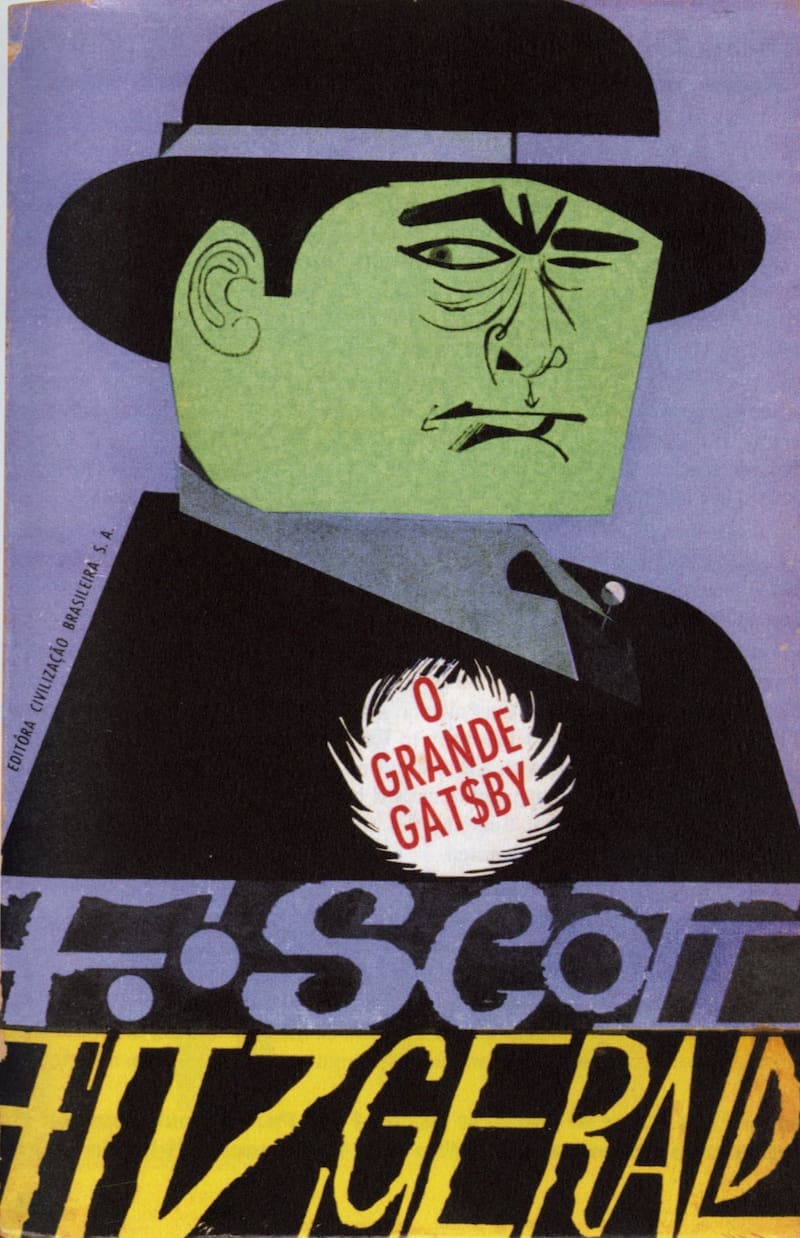Brazilian cover designs, from the invaluable Steven Heller.
***
From an interview with Radiohead’s Jonny Greenwood:
There are scenes in “Spencer” that require your music to be already in place, like the Christmas Eve dinner where Diana has a breakdown while a string quartet is playing.
It’s just as described in the script: it starts as conventional dinner music and unravels, as Diana does, over the course of the scene. But, again, there’s a sign of how I’ve been indulged. Pablo [Larraín, the film’s director] said it needs to be a few minutes long. So I wrote it, and he cut the scene to that. Which was lovely, because it meant that all I had to do was write this piece of music and have players play it in a room without thinking about a time code and all of that stuff. It breathes. They are playing to each other rather than playing to a film.
***

A wonderful (and wonderfully designed) story in The Economist about Great Zimbabwe. “Items found at Great Zimbabwe have long astonished archaeologists. A Ming dynasty teapot, a Persian pot inscribed with Arabic script, glass from Syria, cowrie shells from the Indian Ocean — all attest to its connection to an international trading network.” But particularly troubling is the long resistance of European archaeologists to the idea that the site could have been built by Africans.
***

That’s the Hinton St. Mary mosaic. About it, Rowan Williams has said something profound that I have been reflecting on for years:
When you go into one of the great basilicas of the late Roman empire and you see a mosaic of Christ enthroned at the far end, you’re looking at the place where the emperor would sit. And the emperor would be sitting there either dressed in his armour or in cloth of gold with a diadem around his head.
So you’re looking to the throne, but who’s on it? This rather curious and disreputable wandering teacher. So you have a bit of a paradox in visual form there. The person who holds the emperor’s authority in cosmic terms isn’t just another soldier or administrator in uniform, but a philosopher, a sage. So something’s being said there that is on the edge of paradox. It’s been suggested, quite credibly, that some of that tradition of representing Jesus borrows from the ways in which late Classical art used to depict Plato the philosopher or Homer the poet. So it’s a poet, a philosopher, it’s a wordsmith who’s sitting on the throne.
***

Also from England: the poor box at St. Mary’s Church, Wotton, Norfolk. Put money in his hand and he tucks it away and smilingly offers you a blessing. (If he is still there – the linked page indicates that the church has been undergoing a lot of restoration, renovation, and … change.)
***
With considerable trepidation, I am trying something new: I have set up a Buy Me a Coffee page to support my blogging, which I have recently returned to. (Please do visit and take a look at recent posts.) If you click that link you’ll see, near the top, a link called “Posts.” There’s a post there that explains what I am doing and why. But please remember, this newsletter will always be free.



